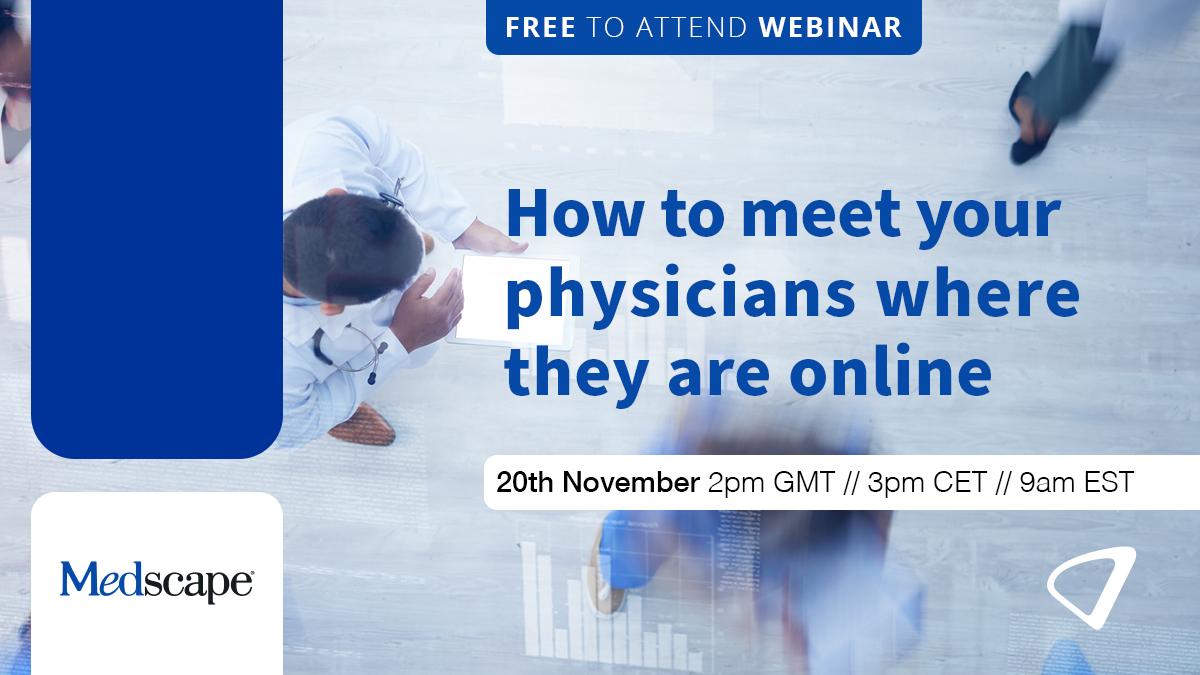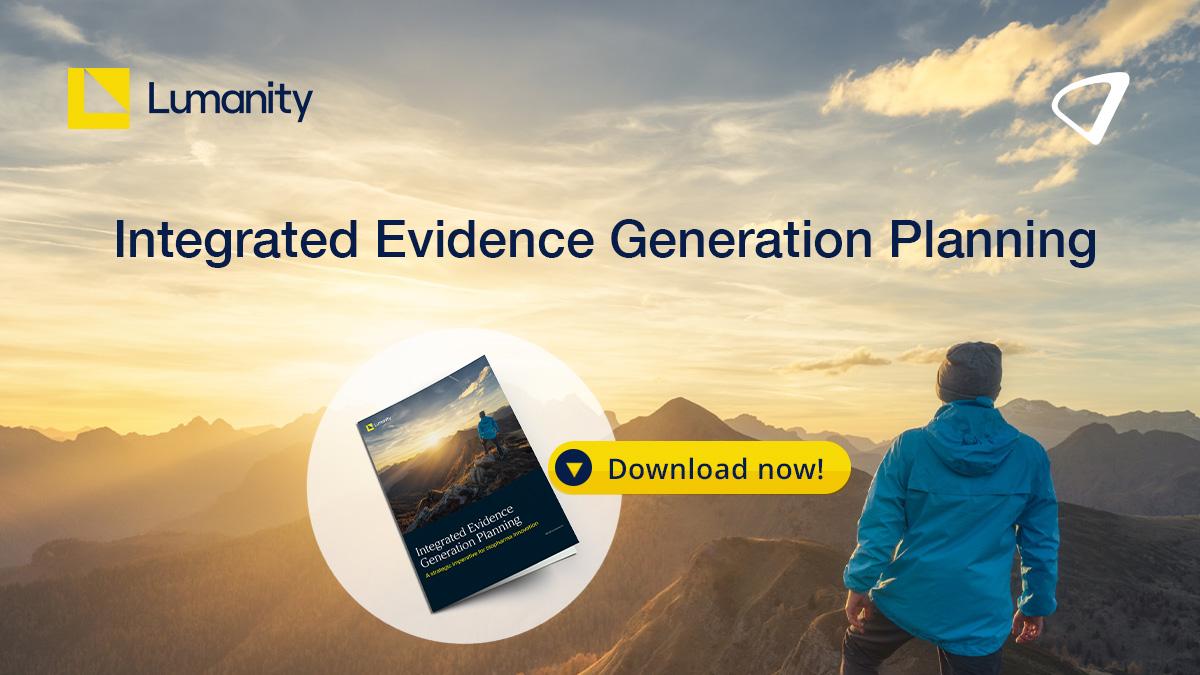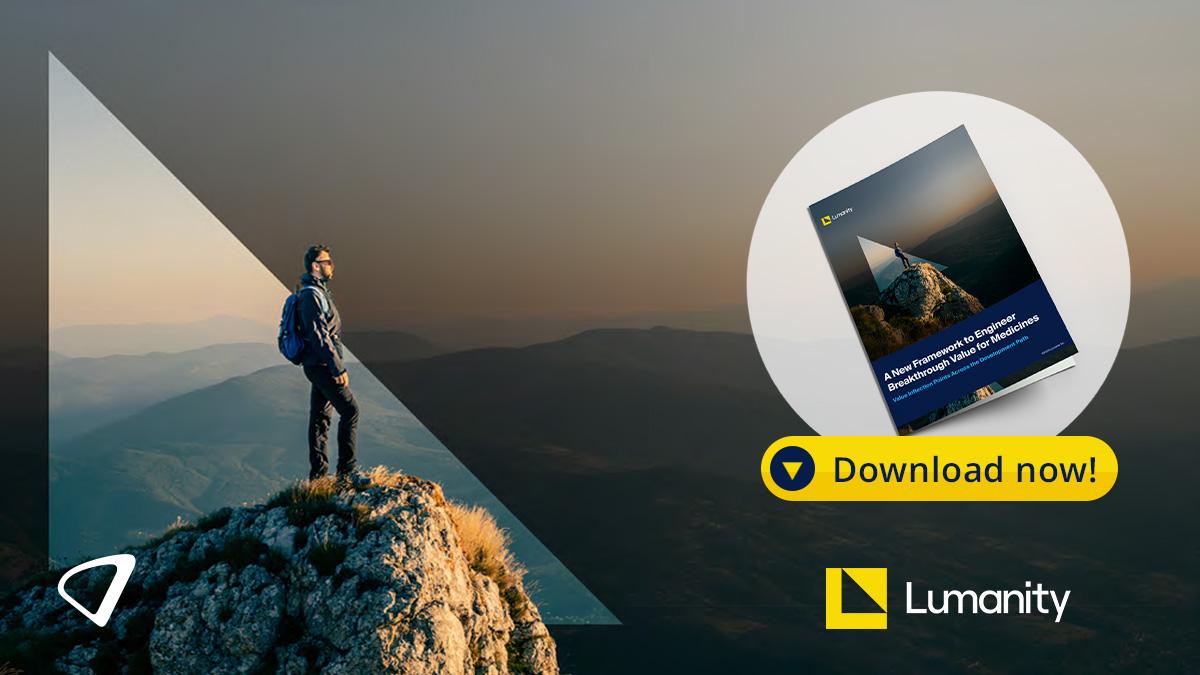Reuters Europe 2025: Using value propositions to improve access

For Reuters Pharma Europe 2025, pharmaphorum is providing coverage courtesy NAVLIN Daily, a pricing and market access insights report from EVERSANA (pharmaphorum's parent company). You can see the original post, along with more Market Access news, at NAVLIN Daily.
NAVLIN Brief
- On day two of Reuters Pharma Europe 2025, Brad Groves, Director of NICE Advice, engaged in a fireside discussion with Novartis Global Executive Director for Industry Partnerships Matic Meglic
- The speakers, representing the two sides of industry and payer, discussed the realities of implementing value-based agreements, encouraging the industry to “step into a payer's shoes to understand what evidence to prioritise when negotiating price and what they constitute as value”
- A central message was that the success of innovative access models relies on how well their value is communicated and to whom it is communicated - read on to find out more
The Details
BARCELONA, Spain – Speaking in a fireside chat on day two of Reuters Pharma Europe 2025, Brad Groves, Director of NICE Advice, highlighted a Value-Based Procurement (VBP) market engagement released this week by the Department of Health and Social Care (DHSC) in the UK, and briefly outlined the UK’s efforts in antimicrobial resistance prescribing, where the NHS rolled out two drugs through a world-first, pioneering subscription deal likened to the “Netflix model.”
On the other hand, he notes, there are other case studies like Hemgenix (etranacogene dezaparvovec), which, despite being approved in the UK last June, currently have no patients undergoing treatment. For context, over 2,000 people in the UK live with hemophilia B, with roughly 200 of those eligible for treatment with Hemgenix. Groves suggests that this is “in part because there seems to be a lack of patient demand, but in part because there seems to be a lack of clinicians recommending the treatment to patients as well.” He added, “I'm sure there are factors beyond that, but what has really struck me about this instance is we thought we had a use case or a need for something creative, and that may still be the case, but it turns out that when we've made the treatment available, the uptake has so far been non-existent.”
Meglic references the widespread use of payment models in other industries, explaining to the audience: “If I go buy a car, if I go buy a house, they are substantial investments. I am never expected to pay upfront, right? But if I’m the NHS and I want to buy a cell and gene therapy, I'm expected to pay upfront and then handle all the risk of that.” He backs up his point with an anecdote about a time his team wanted to implemented an outcomes-based model for pacemakers, his senior leadership team at the time denied the idea, as it would delay revenue.
This points to the potential need for a third-party capital investment, he suggests, in the same way that if you buy a house, you take a loan from the bank or you have a mortgage. This way, the “therapy providers get paid upfront, and the purchasers do not have to pay upfront and take on all the risk.”
Groves agrees, noting that he has had conversations with potential providers who have solutions that could provide the “air lock” between industry and payers to meet an “amicable solution.”
Rounding off the chat, one audience member asks how NICE deals with AI-generated submissions, to which Groves quips, “At the moment, it's a ‘Don't Ask, Don't Tell’ process,” adding “from a NICE perspective, always make sure there's a human validating the results, because if you submit information to us that's false or misleading, you could land yourself in a whole world of trouble.”











